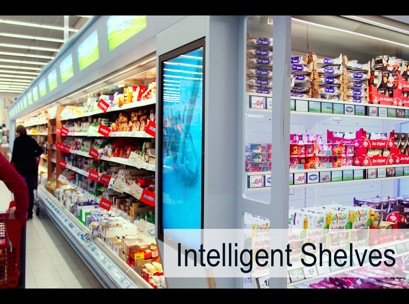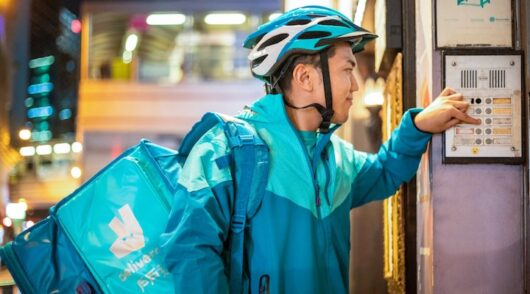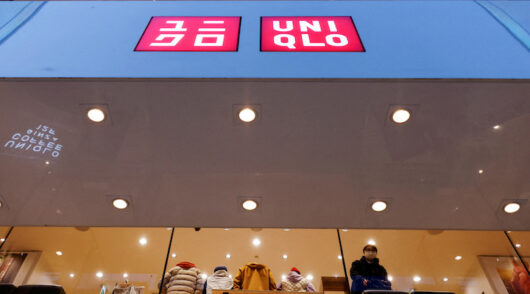I’ve spent the last week with a retail futurist, a retail historian, and a retail anthropologist; listening, learning, and debating where retail is going, where it’s been and how we need to relate to different generations of customers now and tomorrow.
The occasion was the annual Westfield Breakfast Seminar Series across Australia and New Zealand, and I was pleased to be invited as a speaker, along with Steve Brown (the futurist, from Intel in the US), David Roth (the historian and retail strategist from WPP The Store in the UK), and Jamie Gutfreund (the anthropologist from The Intelligence Group, also from the US).
Steve spends his days “futurecasting” with tech gurus, business leaders, and even science fiction writers, and spoke of augmented reality, holographic displays, drones, robotic assistants, and intelligent shelves (more on that later).
David has recently finished editing a book (partly funded by Intel) on The History of Retail in 100 Objects (and 10 not yet invented). (You can download the book at http://retail100objects.com/#getthebook.) He reminded me that many of the disruptors we fret over today, such as showrooming, are really nothing new. Customers have been comparison-shopping for millennia.
Jamie specialises in understanding how Generations Y, X, and Z are changing (and will continue to change) retail, and told me that while it has never been easier to reach consumers (e.g. via social media), it’s never been harder to engage them.
But what truly resonated with me was looking forward and considering the way that the customer experience will become increasingly individualised.
It is of course, all about connecting the data dots in all sorts of clever ways, courtesy of “the mathematicians that we must hire”, according to David Roth.
An almost visual data cloud is starting to form and swirl around each customer, following us (or perhaps preceding us), wherever we go. (Steve Brown calls it “vibrant data” – check out an Intel video on the subject).
Retailers will be alerted to our preferences and interests and magically personalise, answer, and even anticipate, customer needs. (When you think about it, it’s not that different to Amazon customising a shopper’s experience when you log on to its website. Perhaps that is one reason why, as David Roth noted, Amazon has just taken over Walmart as the world’s most valuable retail brand.)
In the supermarket aisle, camera-ready intelligent shelves will read our profile (making judgments about features, sex, and ethnicity), serve up suggestions, and change detail provided about the product to suit. (This is not a flight of fancy – WPP and Intel are testing it in Singapore next month).
From a retailer’s perspective the onus will be on allowing customers to seamlessly move between channels, carrying their data with them.
Customers should be able to start a shopping journey online and move into a physical store, picking up where they left off. In the words of David Roth, this ain’t easy; “omni-channel is a phenomenally easy word to say, but a very difficult concept to execute”.
As Roth also said, the digital revolution has just begun. “Depending upon your perspective, it’s either a scary thing or incredibly exciting.” I take the latter view.
Jon Bird is chairman of specialist retail marketing agency IdeaWorks and Octomedia, publisher of Inside Retail. Email: jon.bird@ideaworks.com.au Blog: www.newretailblog.com Twitter: @thetweetailer






